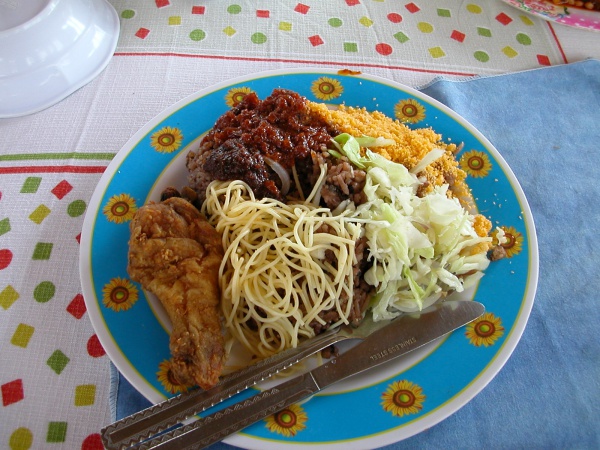Facts About Waakye
Waakye is a cherished traditional dish from Ghana, created by cooking rice and beans together, and it's commonly enjoyed for breakfast or lunch. The beans used are typically black-eyed peas or cowpeas. What makes Waakye unique is the addition of red dried sorghum leaf sheaths or stalks and limestone, which impart the dish's distinctive flavor and red hue. Don’t worry, the sorghum is removed before serving!
The name "waakye" originates from the Hausa language and translates to beans. It is a condensed form of "shinkafa da wake" meaning rice and beans.
Waakye is often sold by street vendors and is traditionally wrapped in banana leaves, enhancing its appeal. When served, it is accompanied by a variety of delectable sides such as wele stew (made from cowhide), boiled eggs, garri (a type of cassava flour), shito (a spicy pepper sauce), vegetable salad, spaghetti, or fried plantains.
Waakye has its roots in Hausa cuisine and boasts a rich history. It may have even influenced similar rice and bean dishes in the Caribbean and South America, possibly introduced through the transatlantic slave trade.

 Ivory Coast
Ivory Coast